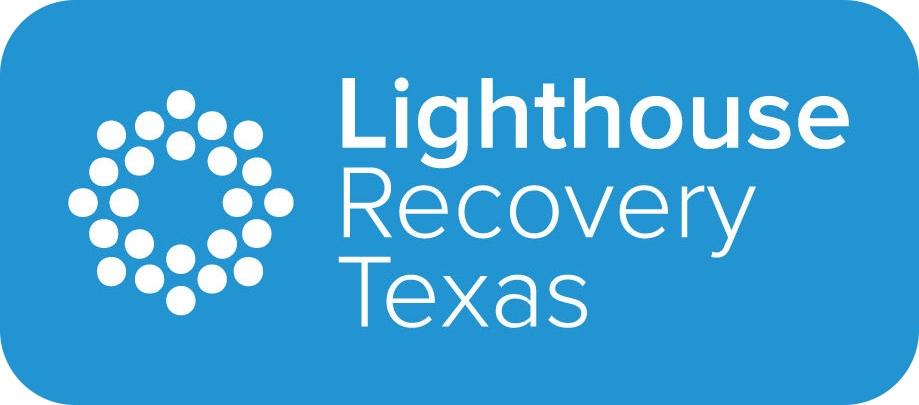The iconic American author and philosopher Ralph Waldo Emmerson once said, “To be yourself in a world that is constantly trying to make you something else is the greatest accomplishment.” Just as no two people are the same, no two journies of alcohol addiction are the same either. Fortunately, there are plenty of recovery plans that can help everyone’s unique struggles.
Alcohol addiction can be highly complex and come in many different forms. However, the National Institutes of Health (NIH) defines five alcohol addiction subtypes. While it can be helpful to understand each of these forms of addiction, it can be much more useful to understand how to get the proper help for each of them.
An Overview of Alcohol Addiction
Alcohol addiction affects millions of people worldwide every year. Here are some of the troubling statistics that correlate with those millions of people. According to the latest (2020) National Survey on Drug Use and Health:
- Among people aged 12 to 17 in 2020, 2.8% (or 712,000 people) had an alcohol use disorder
- Among people aged 18 to 25 in 2020, 15.6% (or 5.2 million people) had an alcohol use disorder
- Among people aged 26 or older in 2020, 10.3% (or 22.4 million people) had an alcohol use disorder
With negative statistics on this scale, attaining the most information about alcohol addiction can be critical in getting someone the help they need. The National Institute on Alcohol Abuse and Alcoholism (NIAAA) helps convey this information by clarifying five forms of alcohol addiction.
5 Alcohol Addiction Subtypes Defined
According to Howard B. Moss, M.D., NIAAA Associate Director for Clinical and Translational Research, there are five “unique subtypes of alcoholism based on respondents’ family history of alcoholism, age of onset of regular drinking, and alcohol problems, symptom patterns of alcohol dependence and abuse, and the presence of additional substance abuse and mental disorders.” These subtypes are as follows:
#1. Young Adult Subtype
The young adult subtype of alcohol addiction includes young adults that often have no other mental health comorbidities. They also tend to have low rates of alcohol addiction in their generational family. Sadly, this subtype is also the least likely to seek help for their alcohol misuse.
#2. Functional Subtype
The functional subtype of alcohol addiction tends to include those that are middle-aged, are higher educated, and also have stability in their home and work lives.
This subtype also has about a one-third history of familial alcohol addiction, and about one-quarter experienced some other form of mental health issue. The functional subtype does often seek help more than the young adult subtype, but their stable, “functional” lifestyles may prevent this more often than not.
#3. Intermediate Familial Subtype
The intermediate familial subtype also tends to occur more in people in middle age but also has a much higher rate of alcohol addiction in their family lineage. There is also a very high rate of depression, as well as more instances of bipolar disorder, as compared to the previous two subtypes. However, the NIAAA states that, unfortunately, “Only 25 percent ever [seek] treatment for their problem drinking.”
#4. Young Antisocial Subtype
The young antisocial subtype tends to affect young adults in their mid-twenties. They also tend to exhibit excessive drinking behaviors and consequences from their drinking much earlier in life.
They also have about the same percentage of alcohol addiction in their generational families as the intermediate familial subtype. About half of this subtype also has a co-occurring mental health disorder, and they have a very high rate of using other illicit substances. Still, it may be valuable to know that nearly one-third of those in this subtype are actively seeking addiction recovery.
#5. Chronic Severe Subtype
While everyone’s struggles with alcohol are serious and need serious attention. Many in the recovery community would consider the chronic severe subtype the most extreme category of alcohol addiction.
The chronic severe subtype of alcohol addiction tends to be those in their middle age that began drinking heavily at a young age. They have a very high rate of familial alcohol use disorder, and they also have the highest rate of personality and psychiatric disorders, such as depression, anxiety, and bipolar disorder. They also have a high rate of co-substance abuse, and two-thirds tend to seek treatment in their lifetime.
Recovery Is Possible
While it is important to glean information like that of the five forms of alcohol addiction, it is also important to remember that people are individuals, not checkmarks in a box, even if they might fit into a subtype.
Here at Lighthouse Recovery, we know statistics, but we don’t see people as statistics. We see all of our clients as individuals capable of achieving lasting recovery. Regardless of what alcohol addiction subtype one may be struggling with, it is essential to understand that recovery is possible.
Alcohol use disorder can be highly complex and come in many different forms. Understanding the five forms of alcohol addiction can be critical to determining the most effective treatment type for you or a loved one. While there may be different classifications of alcohol misuse, the ability to recover is available within all of them. If you think that you or a loved one may be struggling with alcohol abuse or addiction, please know that there is hope. We can create an individualized comprehensive treatment plan for all who need help with alcohol and/or other substance use disorders. Call Lighthouse Recovery Texas today at (214) 396-0259 for more information and support.





